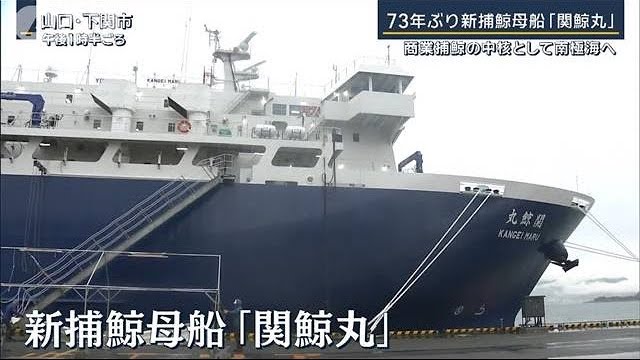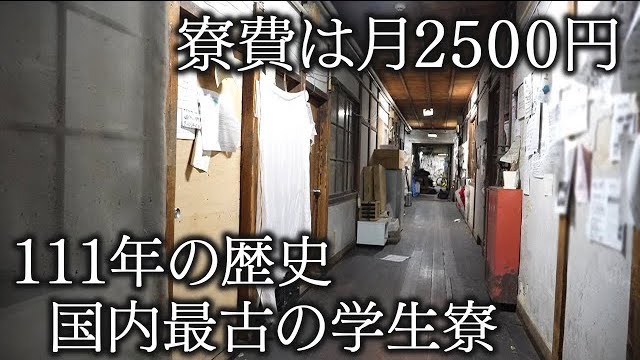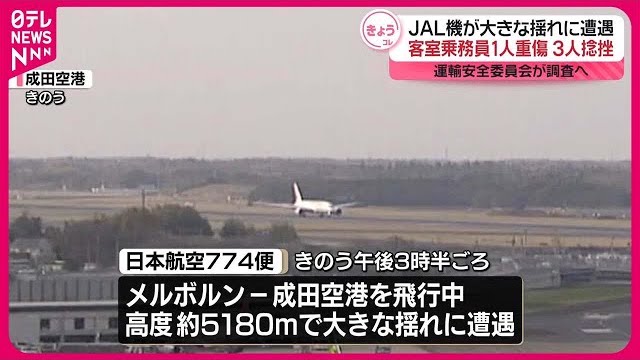Inspired by his grandfather’s passion for airborne personal transport, Akio Toyoda, Toyota’s current president, has not just inherited the world’s largest car company but also his grandfather’s vision – to make cars fly.
Flying cars already exist, but they resemble something more like a helicopter designed by committee rather than a levitating DeLorean. If such machines are ever to go from a curiosity to a commercial success, they must be able to fly a useful distance as well as look desirable – something Toyoda is keenly aware of.
This, in part, is what three years ago started a war between Asia’s battery manufacturers in Japan, China and Korea; to greatly improve the current battery products for electric vehicles (EVs) and explore personal aerial mobility.
Japan lost its pole position as battery developer and supplier around 2017-2018, and has also been lagging in electric car design, self-driving car technology and large commercial drones – the forerunner to flying cars and trucks. Something had to be done to rebuild the industry, and the Japanese government decided it would be best to start with a fundamental component: developing a much better battery.
Electric vehicles have been around since the late 1800s, and rose to great popularity by the early 1900s when nearly 40 per cent of automobiles driven in the United States were powered by electricity. The rest were powered by steam and noisy, smelly gasoline. Sales peaked in 1910 as gasoline-powered cars improved in efficiency and range, which helped them rise to the prominence they have today.
The development of lithium-ion (Li-Ion) batteries in the 1980s, commercialised by the Japanese firms Sony and Asahi Kasei, made possible electric cars that could rival petrol driven cars for distance, but they were still bulky. Weird-looking electric cars accommodating huge battery banks were often seen as concept cars at motor shows, but were never something you would want to be seen in, even if you could buy one. It took Elon Musk and Tesla to fix that.
As part of Musk’s core strategy with Tesla, once battery storage density went up sufficiently, battery packs could be buried in the floor of a vehicle and newly designed, powerful, compact and simple drivetrains allowed for decent space inside the car. This gave designers the opportunity to swap goofy looks for sleek lines, and short-range travel for something approaching consumer expectations. This is why the rebel sports saloon Tesla Model S does not look out of place alongside an Aston Martin Rapide or Maserati Quattroporte, and the insane acceleration possible in all of them attracts similar-minded saloon car buyers.
If Toyoda is ever to see a car levitate from one of his factories, Toyota’s strategic investment in battery development and the funding of airborne car start-ups will need to pay off. The first part of that, the battery investment, is about to be realised as Toyota Motor is poised to reveal a monumental transition in energy storage for personal mobility by being the first company sell a car to powered by solid-state batteries with a prototype to be unveiled in 2021.










